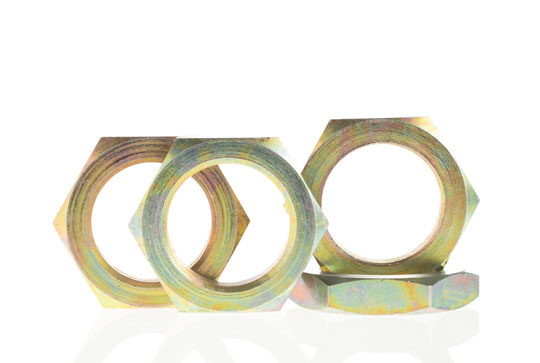
Metal coatings are treatments largely used in various areas of the mechanical engineering industry with the purpose of protecting their surface from normal destructive forces and prolonging the lifespan of metal parts or change their aspect. They vary depending on the kind of material involved, purpose and process applied.
First, we can distinguish between protective coatings that create a long-lasting barrier of superior resistance to rust, corrosion, galvanic corrosion, moisture, oxidation and other atmospheric agents whereas the functional aspect of aesthetic and decorative coatings is mainly visual.
Secondly, is necessary to separate plating coatings from conversion coatings.
Plating is the application of a metal layer to a metal substrate that needs to be protected. This process implicates an increase in the dimensions of the parts proportional to the amount of plating applied.
Moreover, the plating can be applied either with or without the use of electricity.
The conversion coating process (phosphate, back oxide) is a treatment applied on the surface of a metal part thanks to the reaction of the metal surface with a chemical agent. Furthermore, conversion coatings produce an increase of the dimensions of the parts but, differently from plating coatings, small layers of the metal substrate are consumed during the process.
VIPA offers his clients a complete range of metal coatings that make fasteners suitable for different kind of applications in various types of environments.
The qualified personnel of VIPA is always prompt to support companies in choosing the suited type of coating according to their needs.
Those include electrolytic coatings such as zinc-plating (zinc plating white, dehydrogenated zinc plating white, yellow zinc plating, black zinc plating etc.) and nickel plating, hot-dip galvanization, burnishing, phosphate coating, GEOMET® etc.
